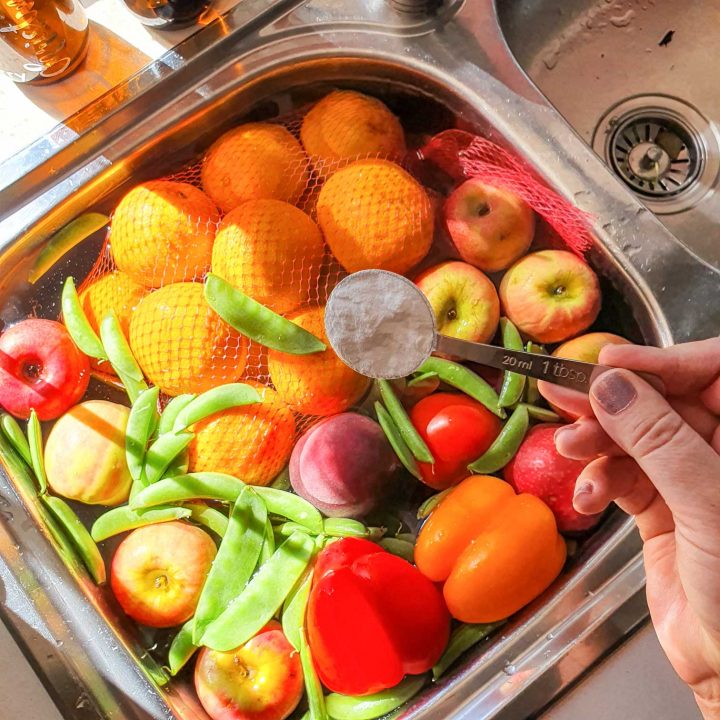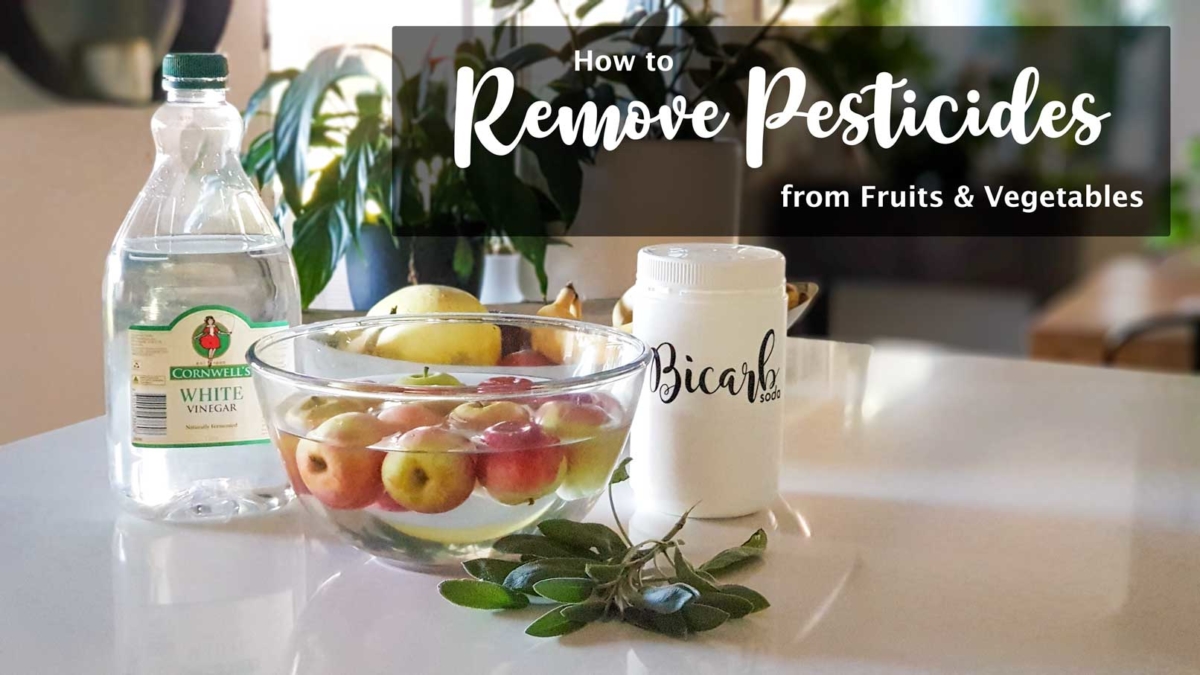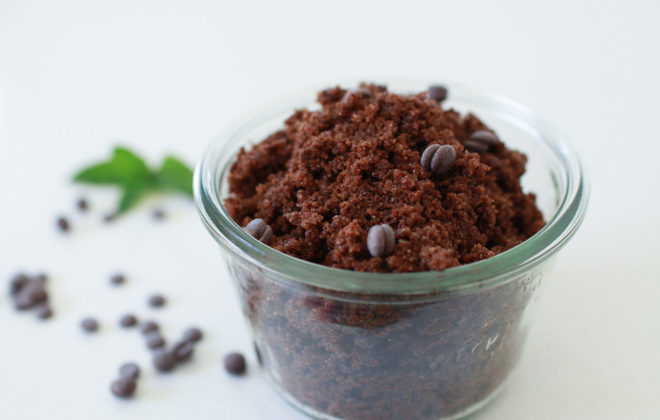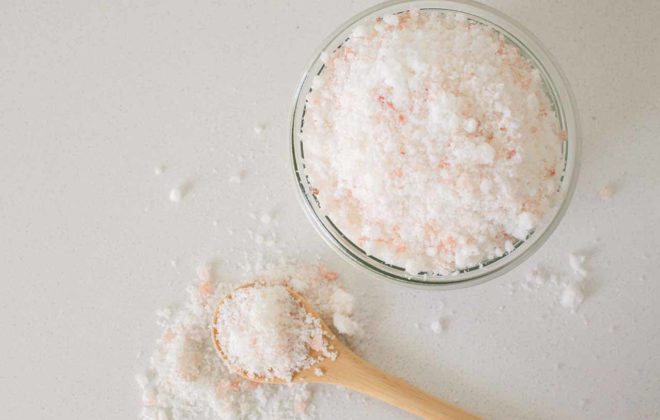How to Remove Pesticides from Fresh Produce
Learning how to remove pesticides from fresh produce is really important. Even organic fruits & Vegetables use certain pesticides that are probably best removed prior to eating. So it’s very handy to know the best way to remove pesticides from your fruit and vegetables.
Why avoid pesticides
Pesticides are poisons they can cause harm to more than just the “pests” at which they are targeted. They are toxic, and exposure to pesticides can cause a number of health effects and is linked to a range of serious illnesses and diseases in humans, from respiratory problems to cancer.
Long Term chronic exposure (repeated or continuous exposure at low levels) to pesticides over an extended period can cause harmful effects. Low doses don’t always cause immediate effects, but over time, they can cause very serious illnesses.
Long term pesticide exposure has been linked to the development of Parkinson’s disease, asthma, depression and anxiety, cancer, birth defects, sperm defects, reduced fertility and attention deficit and hyperactivity disorder (ADHD). So taking a few extra minutes to remove as much pesticide residues as possible is well worth the effort!!
Can you really remove pesticides from fruits & Vegetables?
If produce has been sprayed with pesticides you can definitely reduce the amount of pesticide residues you are exposed to by washing using an effective wash. However, it must be noted you are only removing the surface pesticide residues. Pesticides actually penetrate into the skin or the produce itself and no amount of washing will remove it. Peeling produce is effective at removing penetrated pesticides, however, the beneficial nutrition which is mostly highly
How do you effectively remove pesticides?
There are two main methods I use to remove pesticides from my non-organic produce (depending on what I have available), a Sodium Bicarbonate wash2 or a Vinegar wash. While washing under running water does reduce the
So How Do You Do It?
Using bicarb or vinegar to remove pesticides is super simple. Where possible I use naturally harvested bicarb or fermented vinegar (such as this one), rather than laboratory produced products as they are completely more natural products, but it’s up to you what you choose to use.
The average Kitchen sink is 15L but when washing fruit and vegetable you fill it about halfway to allow room for the water displaced by the produce so you need around 5 tablespoons (to 7.5L) of bicarb or 750ml Vinegar. If you are using a bowl or any other vessel to wash your produce work out the volume of water you use to half fill it and then use the ratio of 1tsp bicarb to 2 cups (500ml) water to work out how much bicarb you need. And for the vinegar work out how much vinegar you need to give you a 10% solution (100ml/Litre).
I generally tend to use the bicarb methods as you don’t need as much, making it much more economical. I tend to use the vinegar method when I am out of Organic Sodium Bicarbonate.
The time you need to soak your produce for is quite a while but I have now got a system of sorts. I tend to pile all the produce on the bench near the sink and do it in batches, leaving the dirtiest items til last (like unwashed potatoes). Swishing them around the sink every time I walk past. After they have soaked long enough I move them to a strainer for a minutes and then onto a towel to dry completely.
How to Remove Pesticides Using Bicarbonate Soda or Vinegar

How to Remove Pesticides From Fresh Produce
Effectively remove pesticides from fruits and vegetables using everyday household ingredients.
Materials
Method 1
Method 2
- White Vinegar (PreferableFermented)
Instructions
- Half fill sink or container with water
- Add bicarbonate soda (ratio of 1tsp/500mls) or vinegar (100mls per Litre) and swish to dissolve
- Add produce, moving it around every few minutes to make sure all surfaces get soaked
- Soak produce for a minimum of 2 minutes, the longer you soak for the more pesticides are removed, with max removal occurring after 15-20 minutes.
- Remove from sink and rinse produce with fresh water
- Dry thoroughly before storing to ensure maximum shelf life
Notes
- Cornwalls white vinegar is a fermented vinegar that can easily be sourced at most supermarkets
- Apple cider vinegar works well to but unless you buy in bulk can be an expensive choice
References
1. https://www.sciencedirect.com/science/article/pii/S0956713506002696
2. J. Agric. Food Chem. (2017). Effectiveness of Commercial and Homemade Washing Agents in Removing Pesticide Residues on and in Apples





